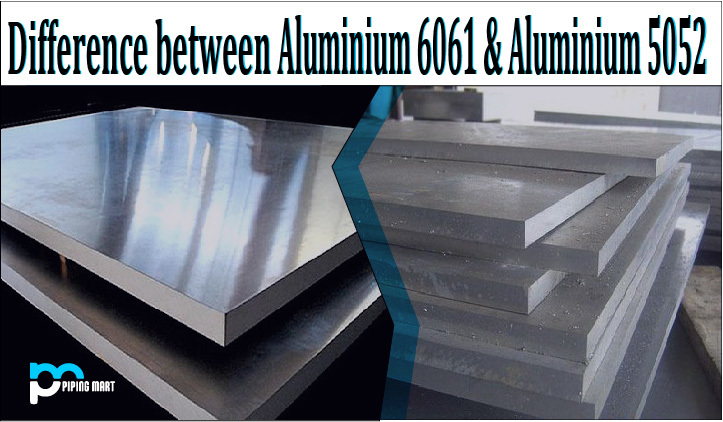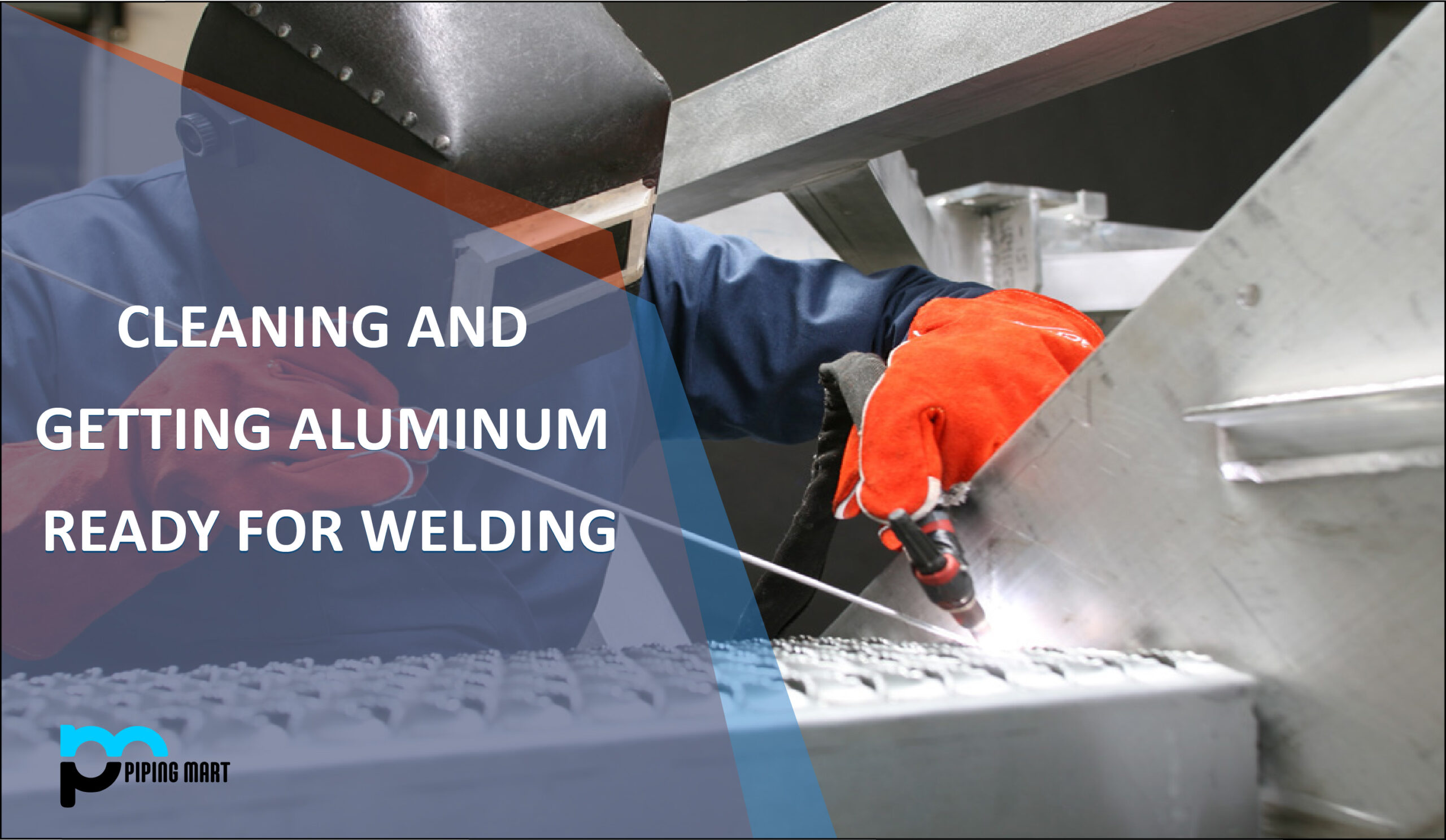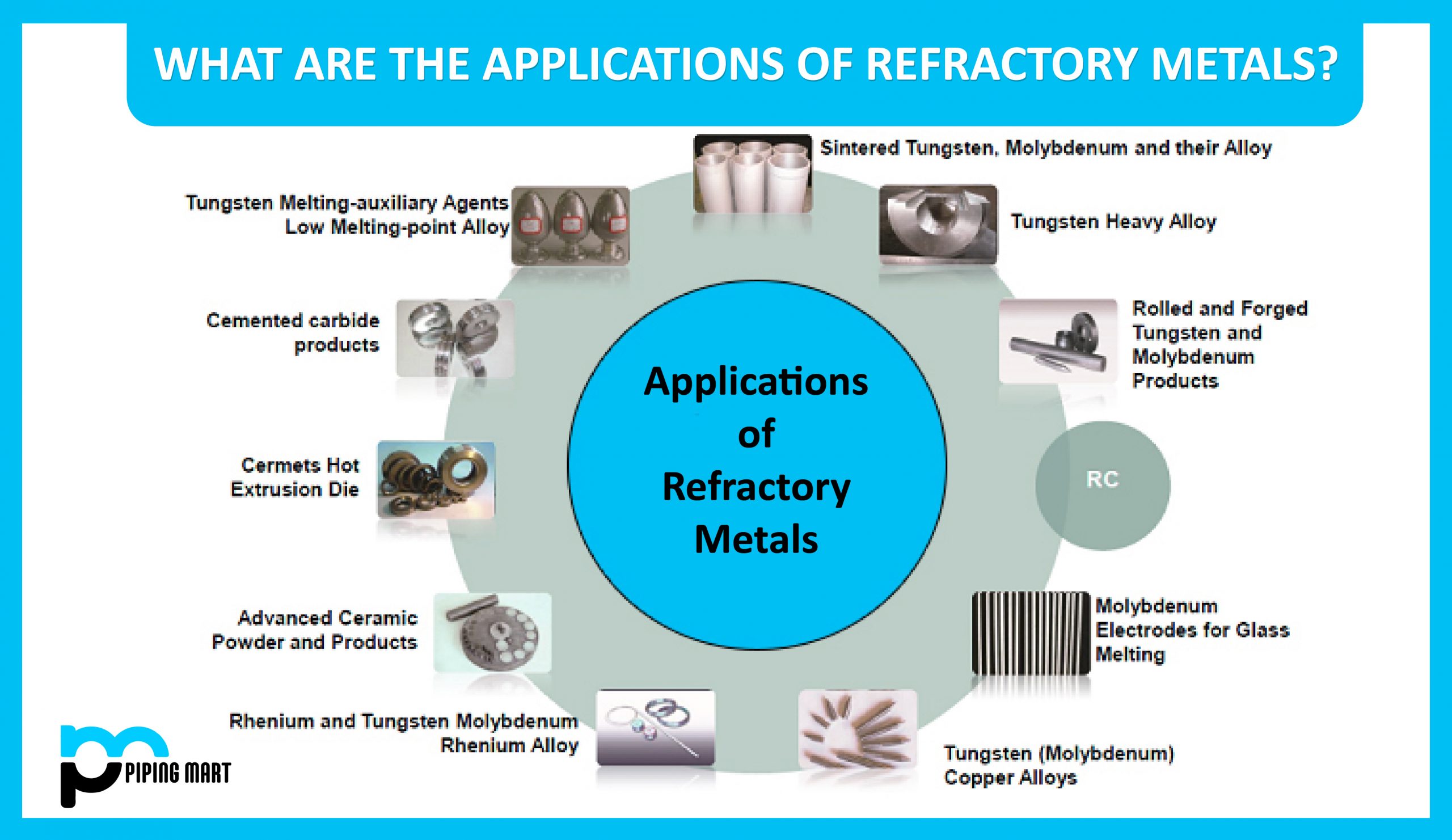When it comes to welding, a number of different techniques can be used to join two pieces of metal together. Two popular techniques are spot welding and projection welding. These two methods may appear similar to the untrained eye, but they have some key differences. Look closely at spot and projection welding to find the better option for your project.
Spot Welding
Spot welding is a process that uses heat and pressure to create electrical resistance at the welded joint. The process involves placing two electrodes on either side of the joined material and passing an electric current through them. This causes the workpiece to become hot enough to form a strong bond between the two pieces of metal. Spot welds are generally used when joining thin metal sheets, as they produce less heat and are more accurate than other welding processes.
Projection Welding
Projection welding is similar to spot welding in that it relies on heat and pressure to join two pieces of metal together. However, instead of using electrodes, this process utilizes projections or pegs placed on one side of the joined materials. These projections help focus the heat onto specific areas so that a stronger bond can be created between the two pieces of metal. Additionally, projection welds can join thicker materials than spot welds can be used for.
Difference Between Spot Welding and Projection Welding
- Spot welding is a type of welding that is commonly used to join two pieces of metal together.
- Projection welding is a type of welding that is commonly used to join two pieces of metal together.
- Spot welding is typically used for thinner metals, while projection welding can be used for thicker metals.
- Spot welding uses heat to weld the two pieces of metal together, while projection welding uses pressure to weld the two pieces together.
- Spot welding is typically faster than projection welding.
- Projection welding is typically more expensive than spot welding.
Conclusion:
When it comes time to choose between spot welding and projection welding for your next project, consider what type and thickness of the material you will be working with, as well as what kind of strength you need from the welded joint before making a decision. Both processes have advantages and disadvantages; however, if you need a strong bond between thick materials, projection welding might be your best bet! Ultimately, it’s up to you to decide which method will work best for your project’s needs!

Meet Bhavesh, a seasoned blogger with a wealth of knowledge and experience. From metal products manufacturing to retail, Bhavesh has a diverse background in various industries and is dedicated to sharing his insights and expertise with readers.




